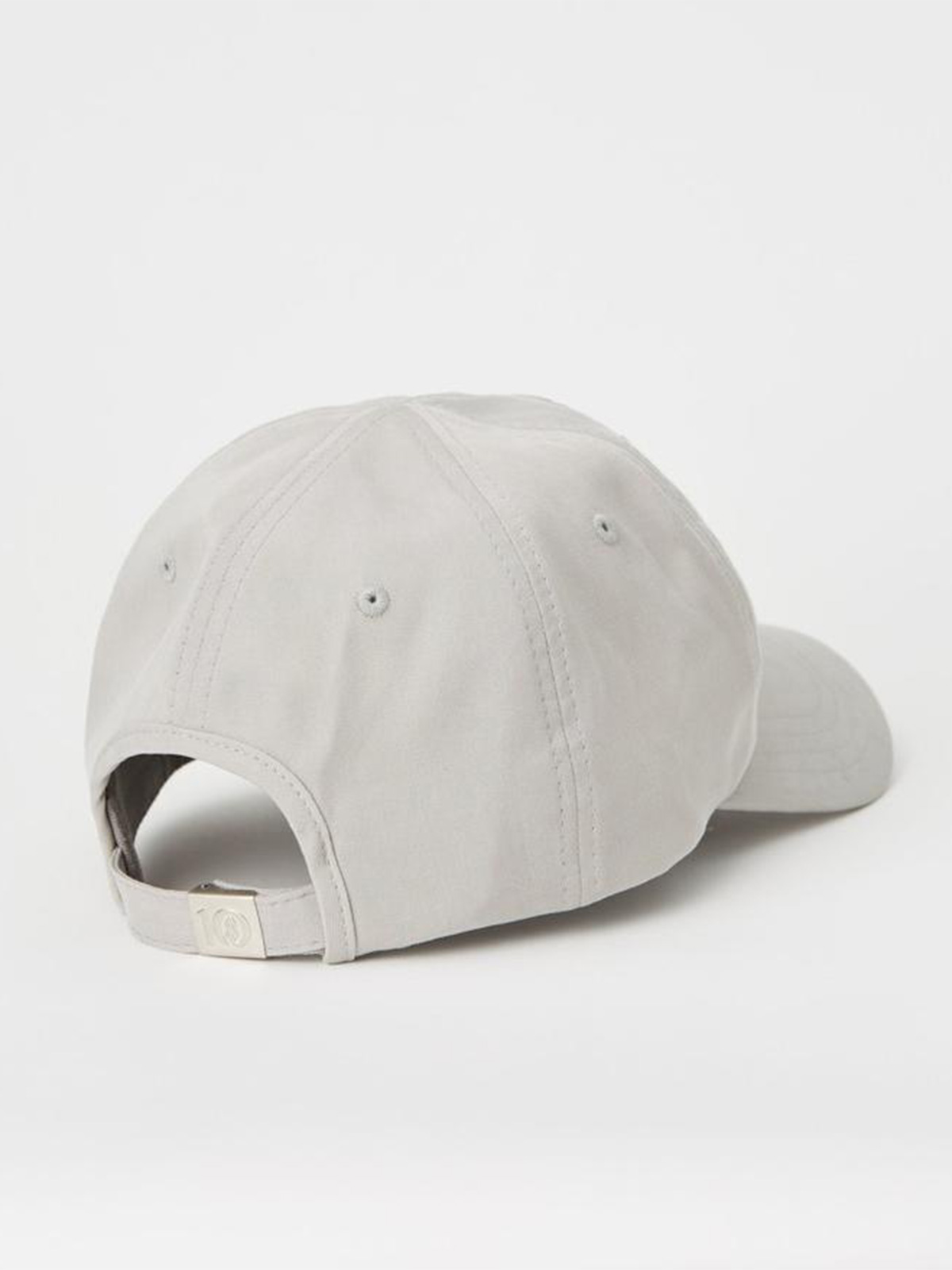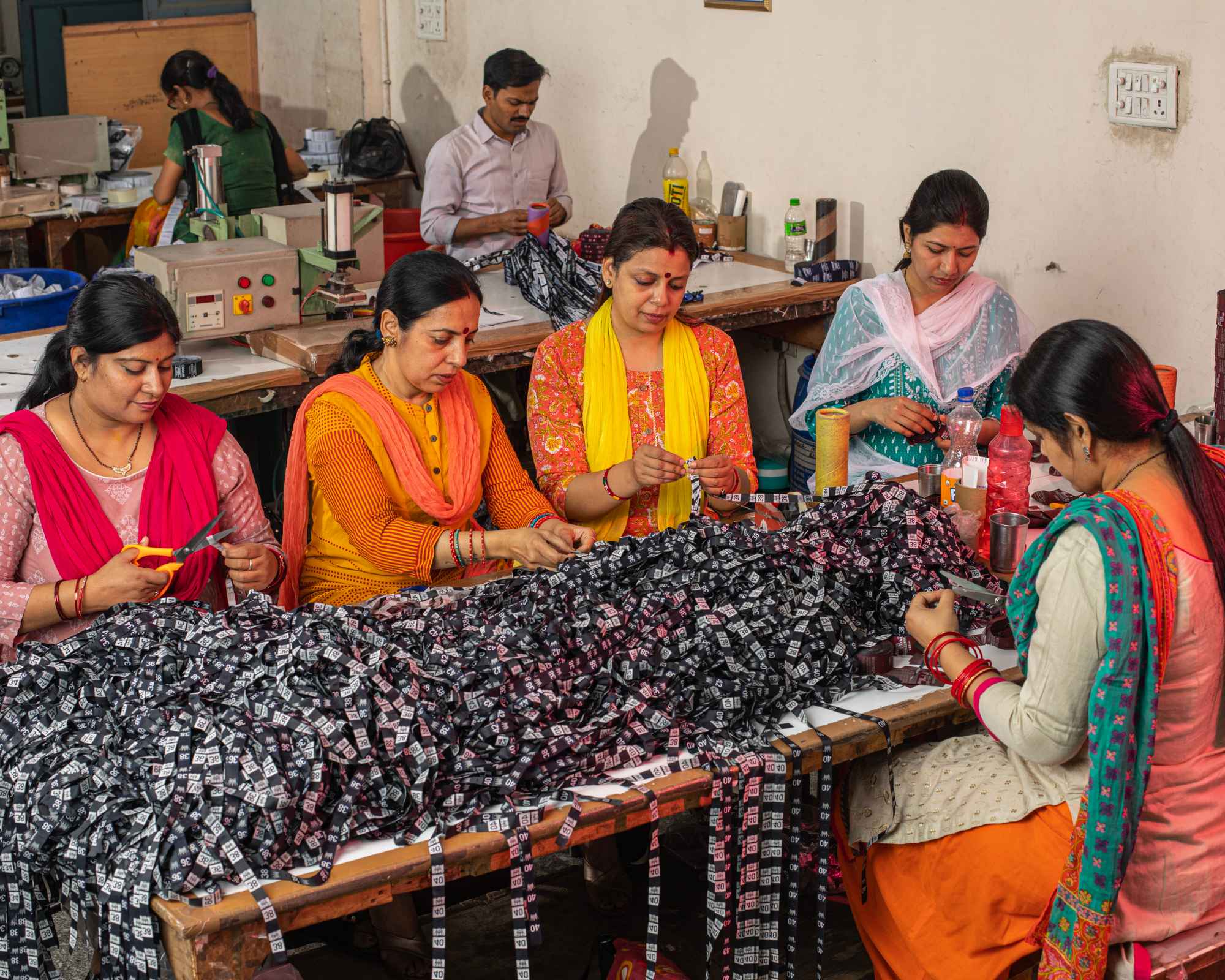Collective bargaining is important for workers’ safety and wellbeing, particularly in the garment supply chain. But what does it mean? And how does it work? Here’s an overview of the most important aspects in five quick questions.
1. What does collective bargaining mean?
Collective bargaining is the negotiation between workers and their employer for agreements around working rights, including conditions, safety, pay, overtime, and benefits. Being able to negotiate for these rights is fundamental to an equitable working relationship between a worker and their employer.
Negotiation on the worker’s behalf is usually done by a labour union or trade union, which is an organisation of workers that often has a nominated or elected representative.
Without this ability to negotiate, employees can end up trapped in poverty and dire working conditions. “In Bangladesh the garment industry has never allowed workers to raise their voices, the political focus has always been on the growth of the industry and keeping the international corporations happy,” explains Kalpona Akter, labour activist and founder of the Bangladesh Center for Workers Solidarity, in an interview with the UN Women. “It is this kind of power over workers’ rights that created the environment in which [the Rana Plaza] disaster was allowed to happen.”
2. What’s freedom of association—and how does that play into collective bargaining?
Freedom of association is the right to voluntarily form, join, and leave a group dedicated to advocating for or defending certain interests or rights. This allows employees, such as garment workers in the fashion supply chain, to unite and engage in collective bargaining to negotiate things like better working conditions or pay.
3. Why is collective bargaining so important in fashion?
When garment workers are banned from speaking up or defending their rights, factory employers can get away with offering them remittances well below the living wage, forcing them to work in unsafe conditions, and refusing to pay them for overtime. These poor practices are all to keep costs down for clients (which are often fast fashion brands), and make as much profit as possible.
Some of the world’s biggest garment-producing countries have become so thanks to their limitations on freedom of association and collective bargaining, allowing those in power positions to exploit workers. In many places, such as Bangladesh, regulations prohibit workers from unionising, and in others, people face intimidation, sacking, or worse if they associate with a union. This is called union-busting.
Notably, Bangladesh, Myanmar, and Turkey—three important garment-producing countries—all ranked in the top 10 worst countries for working people in the 2023 Global Rights Index (GRI). However, this statistic doesn’t mean they should be avoided. In fact, that could make matters worse—given the scale of the garment industry in these countries (the GRI reported that 4.5 million people work in Bangladesh’s garment sector), the loss of thousands of jobs as a result of boycotting could plunge workers even further into poverty. Additionally, there are companies doing better by workers in these countries that are worth supporting (look for “Good” and “Great” brands in our directory).
With labour rights abuses rife throughout garment supply chains (particularly in fast fashion ones), workers must have the opportunity to voice their concerns and demand better from their employers.
4. How many garment workers are unionised?
Facts on how many garment workers are unionised are few and far between, but back in 2016, Human Rights Watch reported that just 10% of Bangladesh’s 4,500 garment factories had registered unions.
It’s important to note that simply having a registered union isn’t a guarantee that a factory allows its workers to engage in collective bargaining or have true freedom of association. Some factories have created so-called company unions—also dubbed yellow unions—which are influenced or controlled by the employer, rather than its employees. Their purpose is often to please a client or comply with their code of conduct. As recently as December 2023, workers were reported to have faced threats and abuse after withdrawing from a company union at one of Levi’s suppliers.
Unionisation, collective bargaining and freedom of association remain vital to labour justice, and their significance in the garment industry shouldn’t be underestimated.
Nazma Akter, trade unionist and founder of the Awaj Foundation, told Forbes: “We have succeeded in setting up unions in some of the factories [in Bangladesh], and things are better there… For example, we have sexual harassment committees with representation by women workers. These new kinds of unions are run by the women and are not involved in politics like in the old days.”
Akter’s Awaj Foundation has also facilitated collective bargaining agreements between factories and women-led unions, one of which led to improved rights for pregnant workers and better maternity leave—another important factor in an industry where women workers occupy the majority of low-level roles but very few leadership positions.
5. How can we help garment workers gain more collective bargaining power?
Consumers, industry organisations, and unions alike must collectively call on brands to take responsibility for workers’ rights and wellbeing throughout their entire supply chains. We know that one of the biggest drivers of exploitation in the garment industry is the pressure brands put on their suppliers to lower costs and increase output, and the more we can publicly push these brands to behave better, the more likely they are to take notice.
The Clean Clothes Campaign reported that several brands refused to address issues of union busting at their suppliers in Sri Lanka until they were threatened with a public campaign revealing their inaction, which is just one of many examples of how publicising brands’ lack of transparency and action can force them to change.
With that then, here are some actions you can take: first and foremost, use your voice and purchasing power. For example, contact your favourite brands and ask them to sign the legally binding International Accord for Health and Safety in the Textile and Garment Industry, which was set up in the wake of the Rana Plaza disaster, and enforces a complaints mechanism for workers. The Good On You app has a feature that helps you contact brands easily and directly to give them feedback. And you can also boycott brands that are known to be associated with questionable suppliers, or that have poor people ratings in our directory.
It’s also important to stay educated on what’s happening—that way, you can inform friends and family, too. Check in on the news, and reference credible sources such as Human Rights Watch, Labour Behind the Label, Clean Clothes Campaign, and the Global Rights Index. Keep an eye out for our monthly news roundup, too, which brings you key stories from across the industry.
As consumers, it’s easy to feel helpless when these urgent issues are buried within supply chains controlled by big companies that bank on shoppers feeling too powerless to call for change. But there is action we can take, and even the smallest push can contribute something to the wider cause of garment workers’ rights.



















